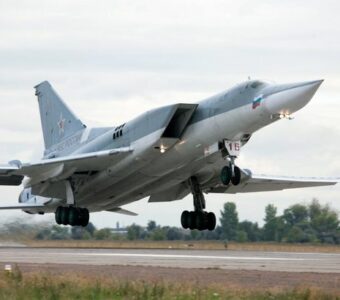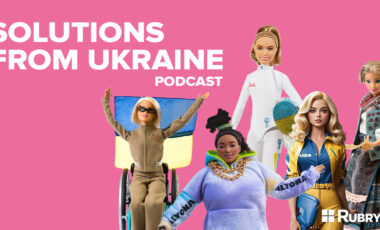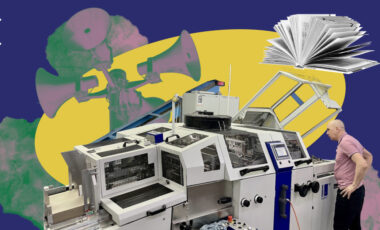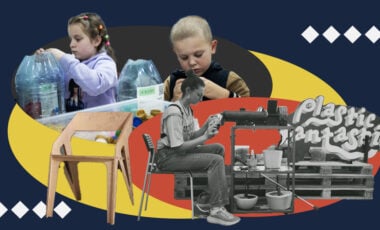Flowers instead of roads? How infrastructure is developing in frontline areas
We visited the cities of Popasna and Shchastya in the Luhansk region and saw everything with our own eyes
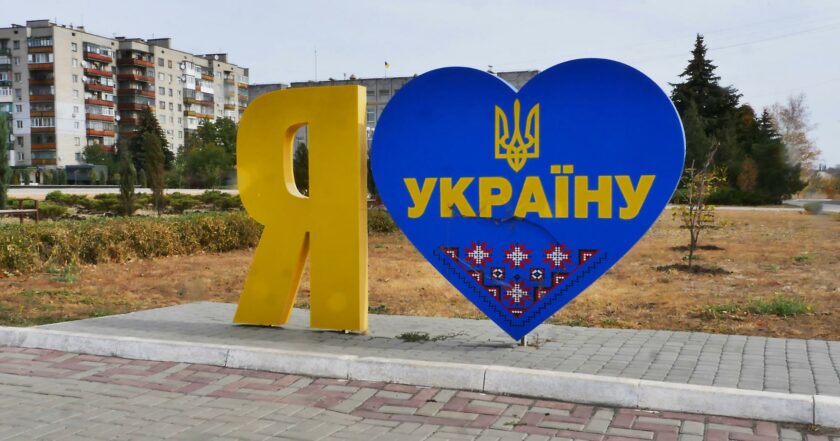
Popasna is one of the frontline cities of the Luhansk region, located 7 kilometers from occupied Pervomaisk. The front line begins just outside the city where there are the abandoned dugouts.
The town of Shchastya, located almost on the front line, until recently, was one of the hottest zones. On the bank of the Seversky Donets river, which bypasses Shchastya, the militants' positions begin, and a few hundred meters from the houses, there's a checkpoint to the territory of the self-proclaimed "LPR."
Both towns are located very close to the front line and came under fire during active hostilities. The Luhansk TPP in Shchastya caught some action and still continues to provide residents of the occupied territories with electricity.
We visited these frontline communities to see how they were developing after the shelling of civilians had stopped. Fresh road repairs, paved sidewalks, renovated parks, and new lighting in Popasna give a feeling that the city is developing.
Instead, in Shchastya, only part of the roofs and windows in residential buildings have been renovated in the central part of the city. The only thing that appeared there is the road to the Shchastya checkpoint, repaired especially before the opening.
Why develop frontline towns?
It's especially important to develop infrastructure for frontline towns. First, so that residents coming from the occupied territories can see the difference.
"Yes, we can hear combat, but it takes place on a narrow section of the front, located mostly in fields and forest belts, at a distance from settlements. If people live here, they need a normal infrastructure. In 2014, there was a popular assumption that one couldn't build something on the front lines, because a bomb would come and destroy everything. That's why the frontline communities were deprived of the opportunity to rebuild at the expense of the occupied territories; 4 billion hryvnias were given to cities feeling quite fine and being far from the war, like Kramatorsk, Sievierodonetsk, Pokrovsk, Sloviansk, etc.," says Andrii Hrudkin, a project manager of "On The Collision Line," a board member of the Gromady.dn.ua public organization.
He's certain that such authorities' tactics are a strategic mistake because the renewed infrastructure and high standard of living work better than Russian propaganda for people coming from the occupied territories.
"We must build a successful Ukraine right behind the checkpoint's gates and not create artificially depressed regions along the line of contact. It'll only be in Russia's interests; it can become its weapon in the information war against us. It's pointless to talk about the danger of new destruction. If Putin decides to lash, it's doubtful he'll limit to frontline communities, and bombs will fly to Kramatorsk and Mariupol. But look at these cities, there are a vast improvement and development," Andrii Hrudkin says.
Roads, lighting, and sidewalks built
Before the war, about 22,000 people lived in Popasna. During the active hostilities in 2014, almost 60% of the population left the city. Some of them came back when Popasna returned to Ukrainian control.
Besides, migrants from the neighboring "hotter" Stakhanov, Pervomaisk, Debaltseve, and Horlivka, now occupied, moved to the city.
During 2014-2015, the city was repeatedly shelled with Grad rocket launchers and mortars. As a result, about 20 civilians were killed and dozens more were injured.
Because of hostilities in Popasna, 32 communally owned infrastructure facilities were destroyed. 25 of them were restored. Over one and a half thousand homes of local residents were also destroyed. Two-thirds of housing was restored. Now almost nothing reminds them of mass shelling and destruction.
For non-locals, Popasna is like the average town from any other area. Freshly repaired roads with almost untouched marking lines, metal poles with LED street lights, and new sidewalks stand out. However, citizens, having seen what the city was like before, note that the changes are radical.
"During the war, the city has changed a lot. Lenin used to stand in the middle of the square. Now there's a fountain. Another fountain in the park hadn't worked for numerous years. They improved and repaired it. There's an order in the streets; roads have become normal. People who were here in 2014-2015 say that the city has become more beautiful and well-groomed," says a local resident Alina, working as a server at a recently opened coffee shop on the side of the city's central square.
On the streets of Popasna, we meet many people in military uniforms. "Tsimiki," as the group of civil-military cooperation is called here, help local residents who find themselves in difficult life circumstances.
They are also involved in repair work and infrastructure restoration together with local utilities.
Senior Lieutenant Viktor Hrebeniuk, a civil-military cooperation group liaison officer, says those who were in Popasna in 2016 and arrived this year were very shocked because the city's infrastructure had changed greatly.
"There used to be a landfill on the site of this coffee shop," says the serviceman, pointing to a new facility with panoramic windows, which leads to a carefully paved path. "For example, it was difficult to drive on the main street. They constructed the road, installed lighting for streets, and entrances."
He notes that other servicemen who come from Stanytsia Luhanska, Svitlodarska, and other cities, say that the city has become very civilized, comparing to others.
The head of the "KOMROZ" public organization Stanislav Bohdanov says that the city has changed primarily because of active international assistance.
"Since 2016, the city has been actively developing. There's a public sector which didn't exist before. Currently, there are 3-4 public organizations that attract donor funds," he said, adding that the public sector was formed in Popasna not because of active people with ideas emerging but through grant funds.
"People understood that the city needed to be built, so they created public organizations and received grants. The public didn't act against the government but cooperated with it. The government understood that if it provided 20% co-financing, it would receive another 80% grant funds for landscaping or other needs. That's why they engaged," Stanislav said.
According to him, city parks and squares have been renovated and opened thanks to international technical assistance and grant projects. Lighting and drinking water wells have been installed on some streets with grant funds. Last year alone, the public raised about $100,000 in grant funds.
For example, KOMROZ, headed by Stanislav, is currently implementing four grant projects. Three of them involve infrastructure development. In particular, the organization won a grant to restore the fence in Komyshuvakha school, drill a well, and upgrade the garden in the village.
Another project concerns the improvement of the training base at the Popasna Vocational Lyceum of Railway Transport. Activists won a grant to purchase a mini-tractor with a plow and a car simulator.
Larger projects, such as road repairs in the city, were implemented with funds from the State Fund for Regional Development.
Stanislav Bohdanov stresses that last year, the funding of infrastructure projects tripled due to the regional budget, the State Fund for Rural Development, and international donors. According to him, funds for co-financing are allocated by the state district administration for most of the grant projects implemented in the city.
If you look at the statistics, last year, the budget's own revenues amounted to UAH 20.6 million, and transfers from the state budget as subventions and subsidies were UAH 21.5 million.
They observed a similar trend in 2018. The expenditure part of the budget amounted to over UAH 36 million; over UAH 20.7 million were subventions and subsidies from the state budget.
If we compare the city's development expenditures in previous years, even without considering international aid, it becomes clear why the changes have become noticeable.
Back in 2016, the city's own revenues amounted to UAH 11.8 million, and subventions and subsidies from the state budget were UAH 7.3 million. In 2014 and 2015, the city lived on much less funding, regularly under fire and damage.
Shchastya: damaged roads and many flowers
In 2018, Shchastya had about the same budget as Popasna. Own revenues amounted to UAH 22.1 million and UAH 18.8 million of subventions and subsidies from the state budget. Although the city population is almost half smaller, about 12 thousand inhabitants.
In 2019, the city budget decreased significantly: own revenues amounted to about UAH 15 million, and subventions and subsidies from the state budget were a little more than UAH 8 million. These funds are mostly used to finance large infrastructure projects, such as road repairs and road construction. Therefore, there are practically no renovated roads and sidewalks in the city.
This year, a checkpoint with a demarcation line was opened in Shchastya. The new checkpoint is a hundred meters from residential buildings. It was built from scratch, so it looks modern. There's an administration service center, that provides 88 administrative services, bank branches, Nova Poshta, pharmacy, mother-and-child room, modern toilets, and more.
A repaired road leads to the checkpoint. On an opening day, President Volodymyr Zelenskyi came to inspect the checkpoint. He noted that it was crucial that people coming from the temporarily occupied territories see what Ukraine is like: modern, paved, peaceful, and safe.
However, it's paved only if you don't turn left from the recently repaired road to Shchastya, located just outside the checkpoint gates. We drive into the city. There we've already arranged a meeting with two local activists, Halyna Kalinina and Maryna Danyliuk.
Shchastya is a relatively small town, and we make certain of it after driving a few hundred meters through the city and finding ourselves near the central square. The walls of apartment buildings cut by mine fragments, window panes closed with plastic or plywood, and a new slate on the roofs catch our eye.
"If it weren't for the war, our roofs wouldn't have been replaced! Everything was damaged. These houses suffered the most," Halyna Kalinina says, pointing to three-story apartment buildings in the central square opposite the community center.
She says that in 2015-2016, roofs were repaired, and damaged houses were restored, mostly at the expense of international organizations. For example, windows were installed in houses at the expense of the NRC (Norwegian Refugee Council). However, some windows remain broken.
Unlike Popasna, grant aid from international organizations in Shchastya isn't used very effectively. Obviously, local authorities aren't very interested in this.
For example, Maryna and Halyna won a grant to purchase a road marking and pedestrian crossing device. The equipment was handed over to local utility services. But it's not used.
Marina notes that local authorities aren't very public and don't report to the community. We were convinced of this personally because the authorities also didn't want to communicate with us.
Repairing roads and sidewalks in Shchastya is compensated by flowers. According to Maryna Danyliuk, UAH 580,000 have been spent on planting flowers this year.
This tradition has been unchanged for decades. "In 1976, when I moved here to work, the entire city was in roses. Now a lot of them are also planted," says Maryna Danyliuk.
Restoring infrastructure in frontline areas must be approached systematically and strategically. Due to the proximity to war, such communities find it more difficult to take advantage of decentralization and accumulate sufficient funds for infrastructure development.
"We need inclusive policies: reducing co-financing of infrastructure projects from local budgets, financing of design and estimate documentation from the regional or state budget," said Andrii Hrudkin, a project manager of "On The Collision Line."
It will help frontline communities to fight with other cities on an equal footing for budget funding for infrastructure development.
The "On the Collision Line" project was made possible by the sincere support of the American people through the United States Agency for International Development (USAID). The article is a personal opinion of the author and doesn't reflect the official position of USAID.
Photo: Dmytro Torets




























